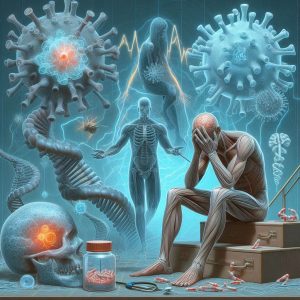IAS funded projects
Young Academics

Attracting & nurturing the next generation.
All projects
-

-
 Political Science, Social Sciences
Political Science, Social Sciencese/i-V:PLACE – e/i-Voting: Political and Legal Aspects in the Cyber Era
Learn more -
 Behavioral and Cognitive Sciences
Behavioral and Cognitive SciencesSUMCO – Shared Underlying Mechanisms of Long-COvid and Chronic Fatigue Syndrome
Learn more






